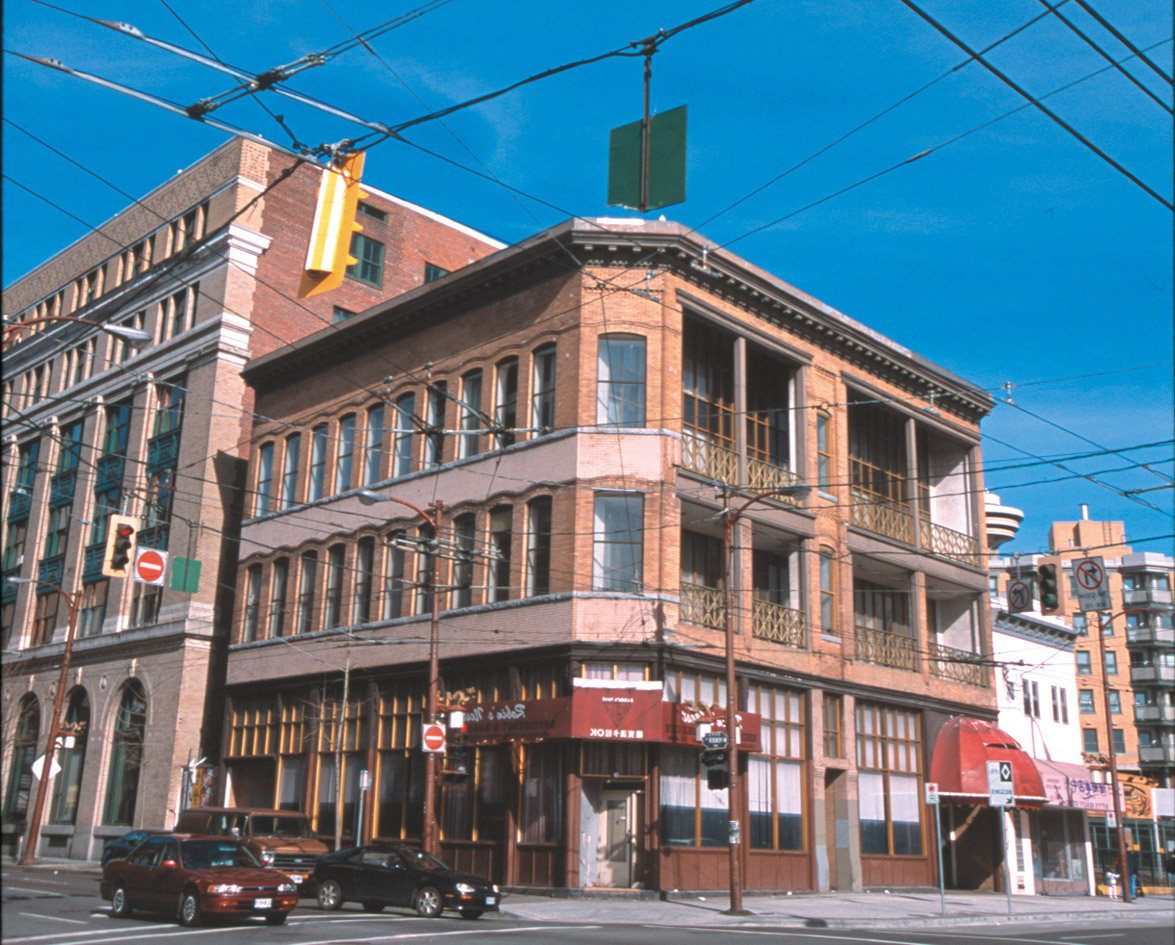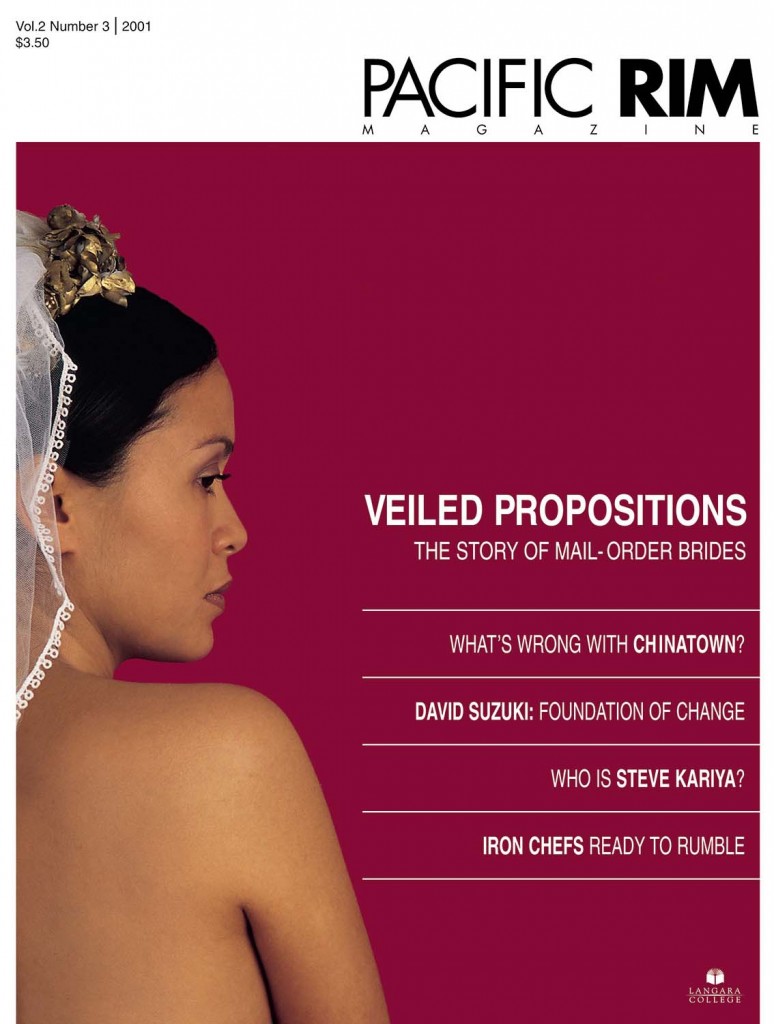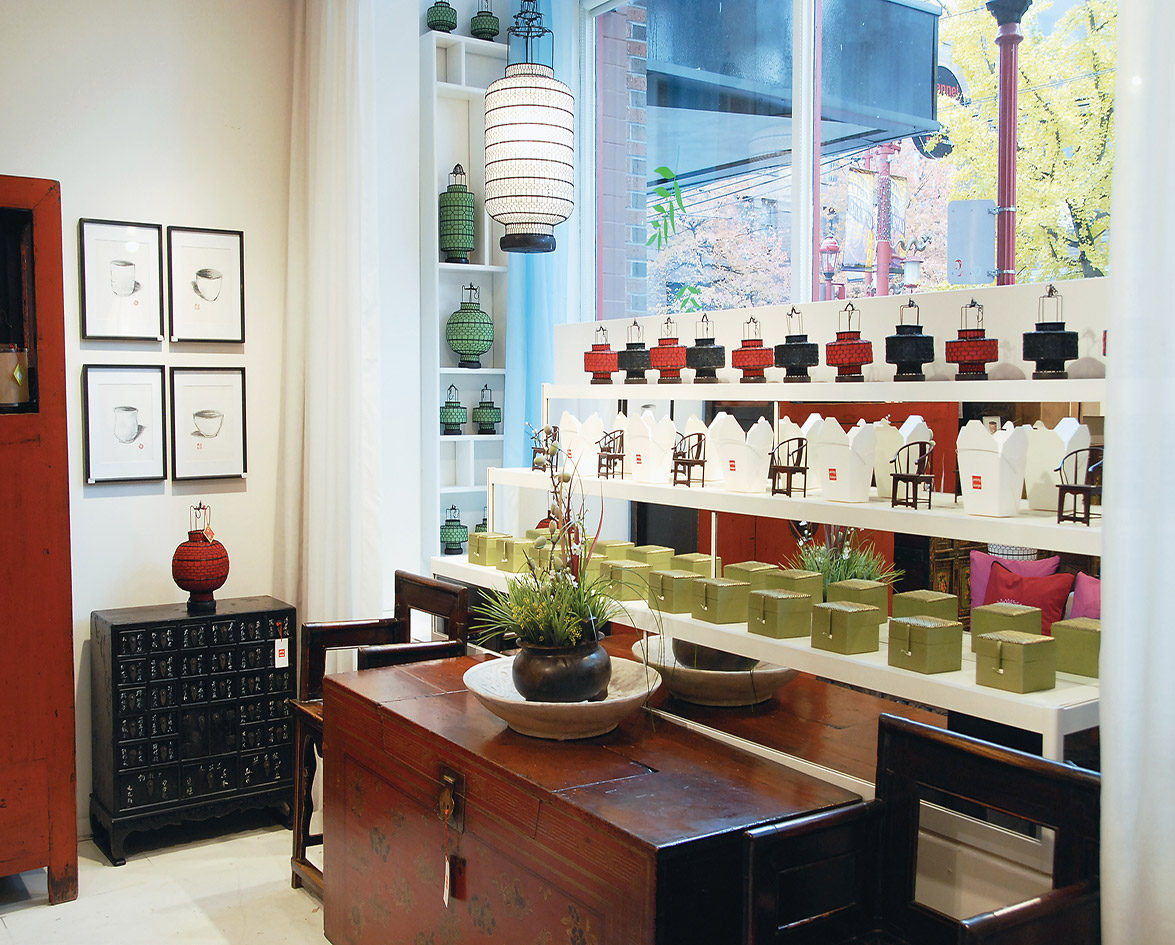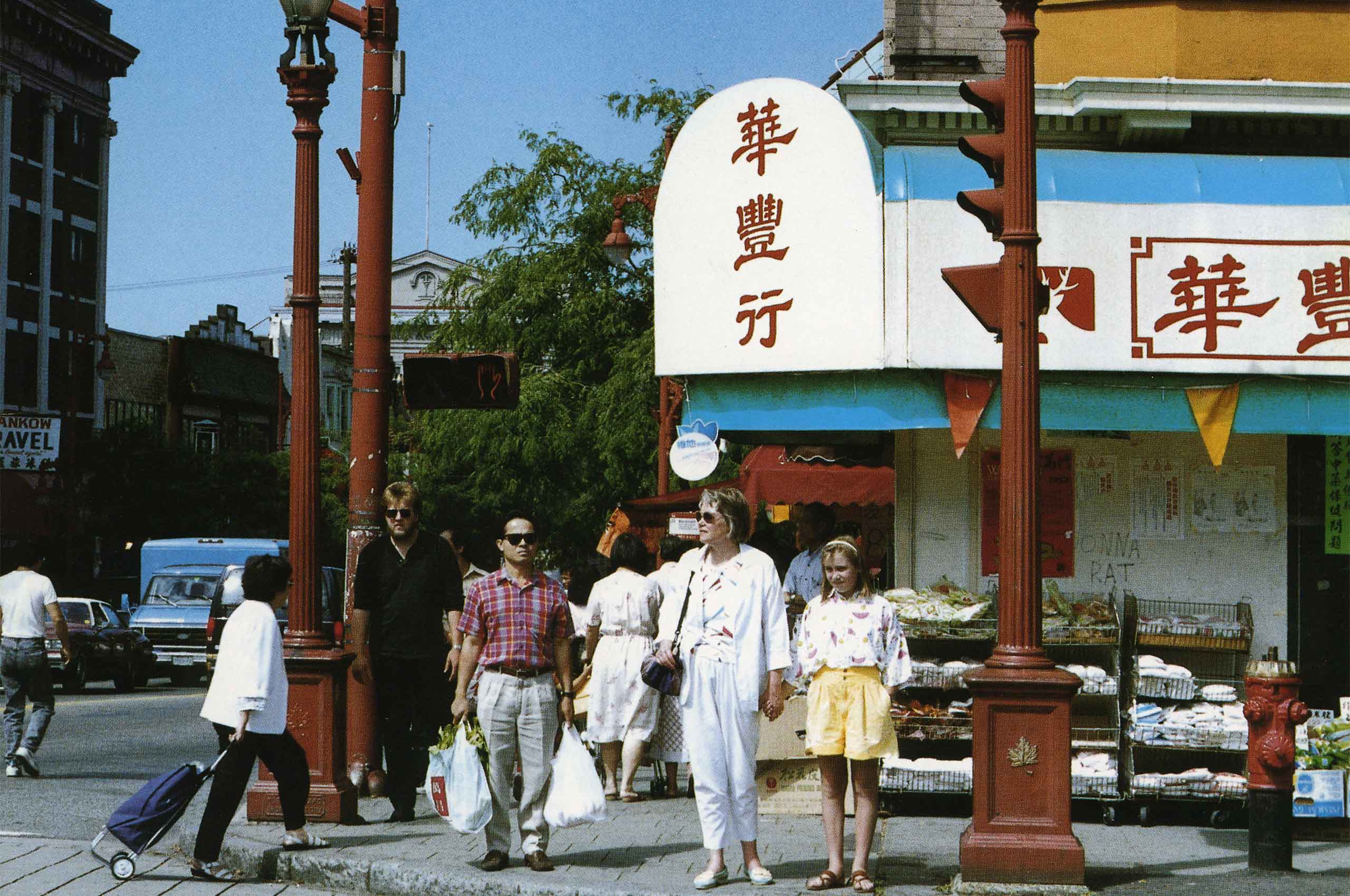Vancouver’s historic Chinatown lies west of Main on Pender. Once a vital centre of Chinese life and culture, the area is now a wasteland of empty storefronts, vacant buildings and deserted streets. The reasons are complex. While city planners struggle for solutions, the area withers along with the generations that built it. Will Chinatown continue to fade into oblivion or evolve into a vibrant example of cultural continuity?
Chinatown’s problem lies in the very walls that shape it. As one of the city’s oldest communities, it contains some of Vancouver’s most historically significant structures. While preservation by-laws have prevented their destruction, most of these buildings are dilapidated and cannot be used.
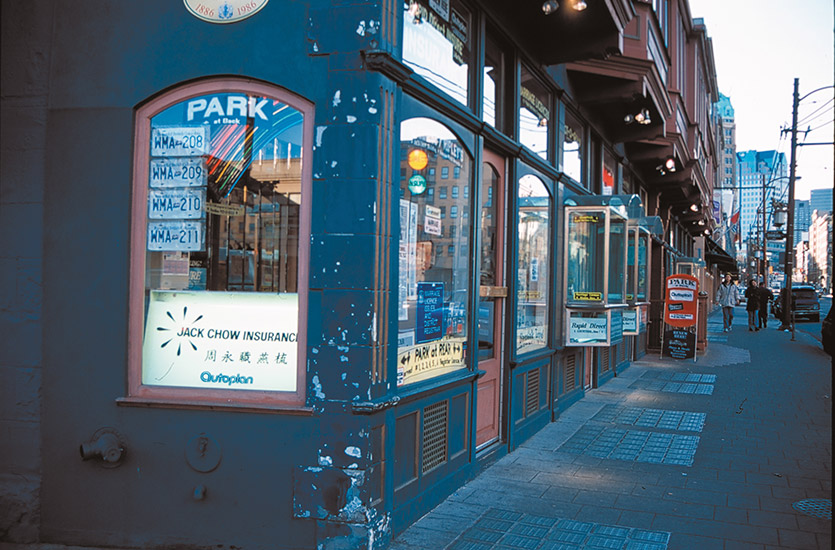
Chinatown Losing Its Charm And Functionality
Renovations are costly. Many owners have little choice but to let their buildings and community crumble. As John Atkins, former leader of Chinatown Walking Tours says, “There is no reason to come here. No one can live here and businesses cannot open to attract the public.”
Most of the heritage structures sit on West Pender. Frustrated merchants and city planners have suggested razing the area and starting anew. Given the area’s other problems, this solution has appeal. Drugs and crime have spilled into Chinatown from the Downtown Eastside, creating expensive security issues. Except for vagrants and dealers, the streets are empty and stores shut by 6:30 p.m. Chinatown’s non-existent nightlife hurts the local economy. In addition, lack of parking, high taxes and inflated property prices discourage new businesses.
Chinatown faces other obstacles. It is no longer unique. As Atkins says, “Go to Richmond and you can find anything you can find here under a roof in a mall.” The city has changed but Chinatown has not. It smothers in its own legacy. Souvenir stores, produce merchants and summer tourists are not enough to resurrect the area.
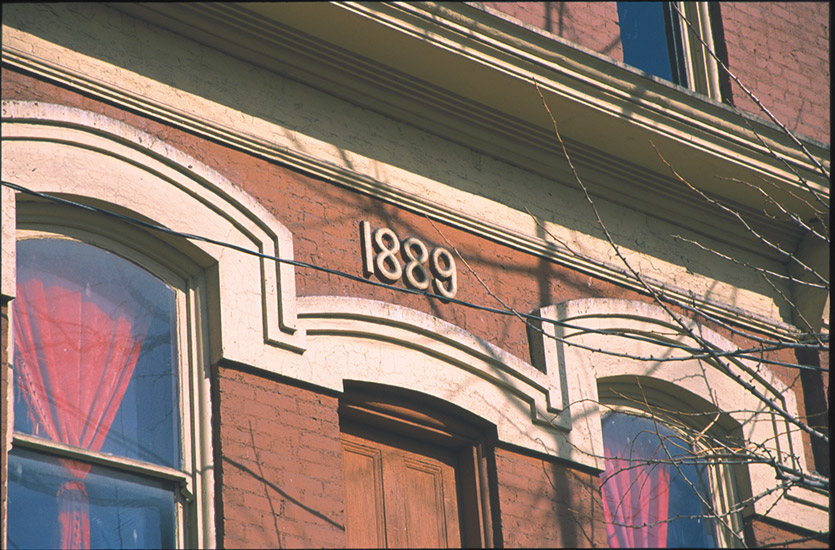
Architecture Alone Enough Of A Reason To Save The Neighbourhood
So why preserve it? “Chinatown is very historic,” Atkins explains. “It has architecture unique to North America and we take it for granted.” Recessed balconies are a typical example of this legacy, and Vancouver is home to some of the few remaining examples in North America. The design came to Vancouver with the city’s first Chinese immigrants. Recessed balconies originated in the subtropical regions of southern China. They capture air, cool buildings and provide additional outdoor space for household tasks.
Chinatown’s heritage buildings display a unique blend of western and eastern influences. Since architecture was a profession forbidden to Vancouver’s Chinese by law, they were forced to employ western architects to construct their edifices. Consequently, the buildings incorporate eastern features, like recessed balconies with western Edwardian details, such as cornices, pediments and columns. The results are buildings such as the Chin Wing Chun Society Building (1925), the Lee Building (1907), and the Mon Kiang School (1921).
Chinatown mixes east and west in other extraordinary ways. Some buildings are characterized by what Atkins describes as “a split personality.” An exceptional example is found in the Chinese Freemasons Building (1901). The side facing downtown Vancouver is Edwardian, while the architecture facing Pender and Chinatown is eastern. The building is an example of how the Chinese maintained an eastern identity in a predominantly Anglo-Protestant city. As John Atkins observes, “Half a block away, the world changes.”
Other heritage buildings are more important for their history. For instance, the Kuomintang Building on East Pender was the Canadian headquarters for the Chinese Nationalist League. It was built in 1919, after Canada lifted its ban on the organization. The Kuomintang supported Chinese revolutionary leader Sun Yat-sen. Yat-sen lived briefly in the Chinese Freemasons Building while plotting the overthrow of the Manchu Dynasty. These buildings reflect Chinatown’s historical ties with China and a significant period in Chinese-Canadian history.
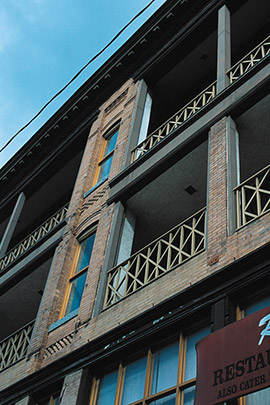
No account of Vancouver heritage buildings would be complete without mention of the Sam Kee Building (1913), restored by Jack Chow. Recognized in the Guinness Book of World Records as the world’s thinnest building, this oddity is a monument to survival. The original owner, Chang Toy, started with a normal sized lot. The city expropriated all but two metres of it in order to build Pender Street, and refused to compensate him for the seemingly useless piece of property that remained. Undeterred by this injustice, Toy hired an architect and built what Chow describes as “the most efficient building in the world.”
The Sam Kee Building is more than a curiosity; its historical value is considerable. At one time it housed 13 tiny businesses, and it was the only place in Chinatown where residents could enjoy a hot bath. Beneath its floors a tunnel remains, which the Chinese used to escape police raids on their opium dens in adjacent Shanghai Alley. The Sam Kee Building also hosts the only restored glass sidewalk in Chinatown.
Chinatown contains other fascinating structures. The Wing Sang building (1889) was built over a period of 12 years and it is possibly Vancouver’s oldest. At one time it housed one of the most powerful firms in Chinatown, the Wing Sang Company. The 1901 Chinese Benevolent Association Building is also historic. The organization came into existence at the turn of the century. It represented Chinatown’s interests in the larger Vancouver community.
Members protested against repressive anti-Asian legislation, aided the poor, and sponsored Chinese language schools. The list of significant structures in Chinatown could go on. Each building is a testament to Chinese-Canadian history—razing West Pender would be unthinkable. But the problems faced by these heritage structures cannot be ignored. How can the city preserve Chinatown’s architectural legacy, yet permit the new development necessary to rejuvenate the neighbourhood?
Big Changes Need To Be Made In Order To Revive The Historic Chinatown
In 1994 the City of Vancouver revised Chinatown’s heritage bylaws with the goal of redeveloping the area without compromising its essence and character. Heritage buildings were divided into two categories. Structures in the first category were protected from alteration unless the city approved the changes. Buildings in the second category were only partially protected. Architect and heritage activist Joe Wai suggests that the city has the “right intentions,” but “it still has a fair way to go towards helping the situation.”
Wai recommends redeveloping Chinatown with a sense of continuity. He says, “If we go forth on revisions that allow redevelopment it could be detrimental to the character of this historical community.” Wai prefers an “evolution” of the area as opposed to “bulldozing it.” He describes the Chinatown Plaza on Keefer Street and the Hong Kong Bank at 600 Main Street as examples of effective evolution. Both buildings are modern structures that incorporate traditional architectural features such as recessed balconies, brick and tile. As a result, Wai contends, “they retain the essence of Chinatown’s character without capitulating to the exclusive demands of commodity.”
But what of the heritage buildings that lie empty? The city must find a more effective way to facilitate redevelopment. According to Atkins, if renovation costs exceed 10 per cent of the building’s value, the city requires owners to update their structures to current building-code standards. This policy makes upgrading buildings difficult. It is almost impossible for owners to do incremental improvements without surpassing this 10 per cent mark, and most owners cannot afford a total renovation. To revive the area, Chinatown must do more than refurbish old buildings or erect new ones. It must offer services that attract real consumers. While visitors might frequent curio stores at Christmas to buy presents, novelty stores “do not have a lot of relevance to everyday life,” says Atkins. Chinatown needs modern businesses that provide modern services. Atkins uses Victoria’s Chinatown as an example and says, “It has a lot of non-Chinese business that bring people down there.”
The area also needs residential buildings. Wai believes permanent residents are key to Chinatown’s revival. He says, “Things will change once people live there on a 24-hour basis.” Residents shape neighbourhoods and create permanence. Their presence encourages new businesses while supporting the old. Atkins agrees. “Residential buildings are the fabric of the community.” They bring population and vitality.
Finally, Chinatown’s historical value still attracts tourists. Wai believes that heritage buildings can be made “economically viable” through cultural tourism. The challenge is to “provide genuine commemoration and interest” instead of relegating Chinatown’s legacy to the margins of cliché. There are several initiatives in the works. A commemoration of Chinese Pioneers is being planned; an educational memorial is to be erected on Shanghai Alley; and a bell, modeled after those made in China 2,400 years ago, will be hung with the names of Chinatown’s original residents.
The fate of one of North America’s most unique neighbourhoods hangs between evolution and extinction. Solutions seem to demand a creative blend of old and new. The question is no longer whether Chinatown should change, but how.





